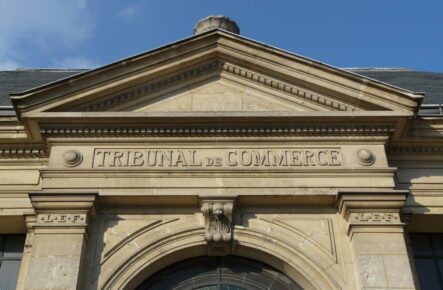The benefits of a merger by absorption are measured in terms of growth and cost synergies. The transaction also simplifies the relationship between two entities which have merged to strengthen their competitive advantages.
The risks associated with a merger-absorption transaction are inherent to the risks associated with any acquisition transaction. Examples include: the need to mobilise often significant financial resources, which may affect the long-term survival of the company if the objectives of the merger are not achieved. Staff problems may also arise if the corporate culture or working methods differ too greatly between the merging companies.
This is why communication, education and organisation are particularly important during the acquisition and integration of the acquired company, beyond the strategic preparatory work that must be done beforehand.
In view of the difficulties of this type of operation, it is clear that such a project requires a significant level of professional support and advice from lawyers, accountants and M&A specialists.








